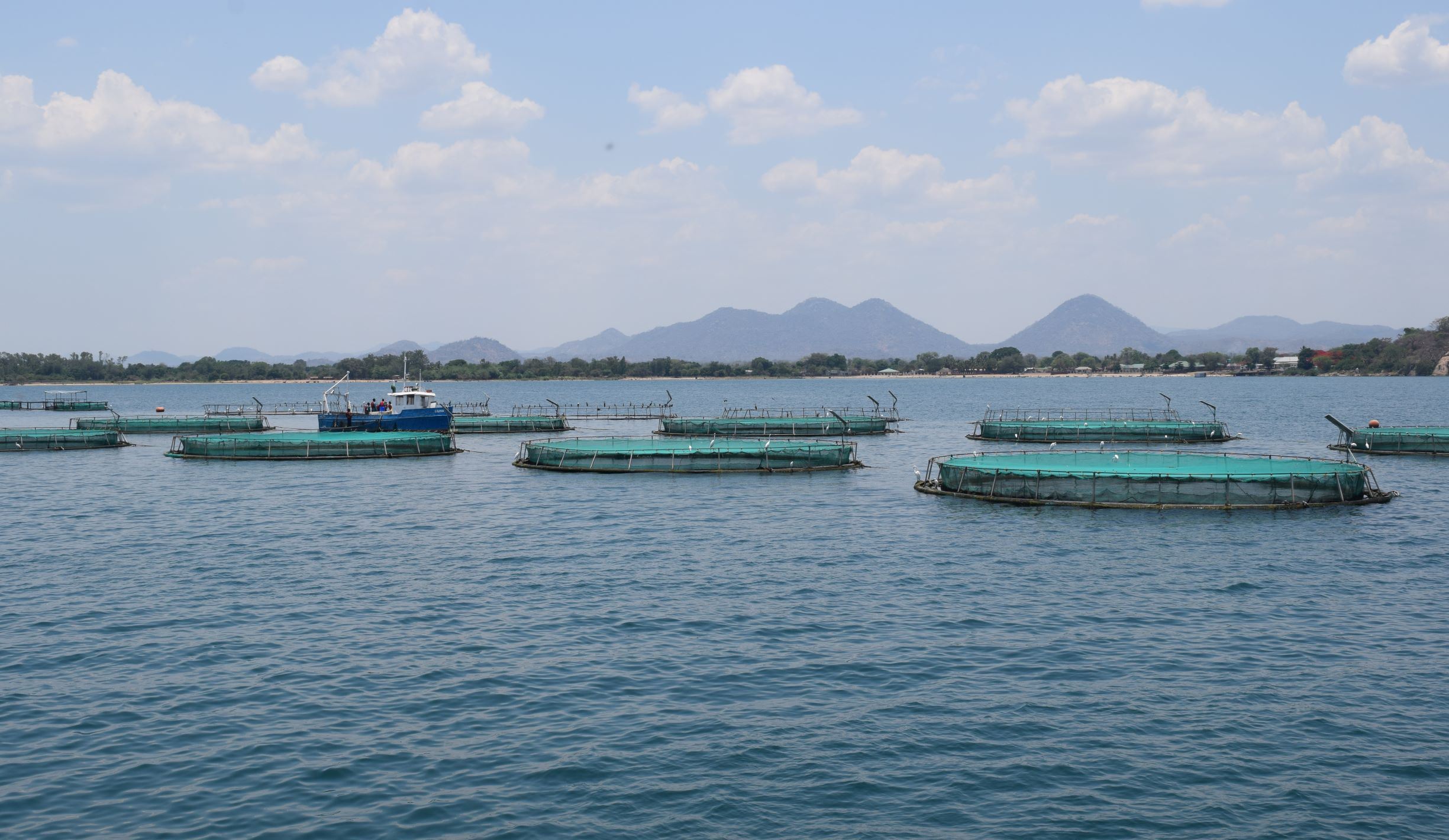Malawi monitoring anthrax situation
The Ministry of Health has enhanced surveillance in health facilities and the country’s borders following an anthrax outbreak in neighbouring Zambia.
Dr Samson Mndolo, Principal Secretary in the Ministry of Health said in a statement on Friday the country is ready to respond in an event of the suspected case.
He said: “Malawi will continue working in collaboration with the Government of Zambia, the Africa Centre for Disease Control [CDC] and the World Health Organisation [WHO] in monitoring the situation.”
Meanwhile, the PS said Malawi has not confirmed any case of anthrax in both humans and animals.
Anthrax outbreak has been reported in several provinces in Zambia, including the Eastern Province which borders Malawi.
While allaying fears that the outbreak might trickle into the country, Mndolo said the disease can be prevented by not eating raw and undercooked meat from sick and dead animals.

On prevention, he urged people to wear masks and gloves when handling sick or dead animals.
“They also need to wash hands with soap and clean water after contacting animals or animal products,” said Mndolo.
Zambia’s Minister of Health Sylvia Masebo in a statement on Wednesday said they reported four deaths and 335 cases in the previous week.
He described anthrax as a big public health security threat to not only Zambia, but also the African region.
Masebo said: “When anthrax gets inside the body and is activated, it can multiply, spread out in the body, produce toxins and cause severe illness.”
She said Zambia is taking a multidisciplinary and multisectoral response approach in handling the outbreak.
According to Masebo, Zambia has also implemented a wide range of public health measures following a ‘One Health Approach’ to contain and prevent the spread of the disease.
The measures include re-orientation of staff on disease identification and management to ensure early diagnosis and treatment, enhanced event-based surveillance and early case detection and ensuring that all facilities have an adequate supply of personal protective equipment (PPE) and medication needed for treatment.
Others include public sensitisation and community engagement and ongoing monitoring and clinical evaluation of discharged patients.
Anthrax is a zoonotic disease caused by bacteria and it is transmitted from infected livestock or wild animals to humans.
People can get anthrax through direct or indirect contact with infected animals or their products.
The ministry states that general signs and symptoms of anthrax depend on how the disease has entered the body.
According to the ministry, anthrax gets into the body through the skin, lungs and gastrointestinal system.
And, the signs and symptoms of anthrax include blisters, painless skin sores, fever, general body pains, headache, swelling of the neck, cough, chest discomfort, shortness of breath, sore throat and flu-like symptoms, stomach pains, nausea, vomiting and diarrohea which may be bloody.






One Comment